Think Norway’s giant mountains and sprawling fjords will protect you from the werewolf? Think again.
Picture the scene. You’re on holiday in Norway, breathing in the fresh mountain air and wholeheartedly embracing the national principle of friluftsliv, the outdoors lifestyle.
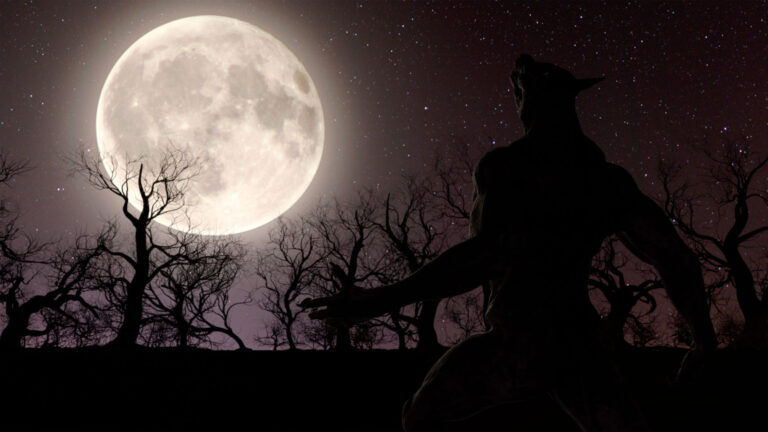
Maybe you’re hiking to Trolltunga or following the Old King’s Road, surrounded by fantastic scenery and feeling more rejuvenated with every step.
Or maybe you’re camping in Lofoten or Jotunheimen National Park, sitting around a bonfire under the stars. Maybe the northern lights are even dancing over your head. It’s perfect. Until it isn’t.
An abrupt noise breaks through your peace of mind: an unnatural, pointed rustle of trees from the nearby forest or a heavy, purposeful thump.
You jump and whirl around. Seeing nothing, you turn back, laughing at yourself a little; it’s the wilderness, of course there are going to be strange noises.
Though, now you think of it, there’s no noise at all anymore. All the sounds of nature have disappeared and only the suffocating silence remains, making even the soft crackle of your bonfire or the muffled thud of your footsteps uncomfortably loud in comparison.
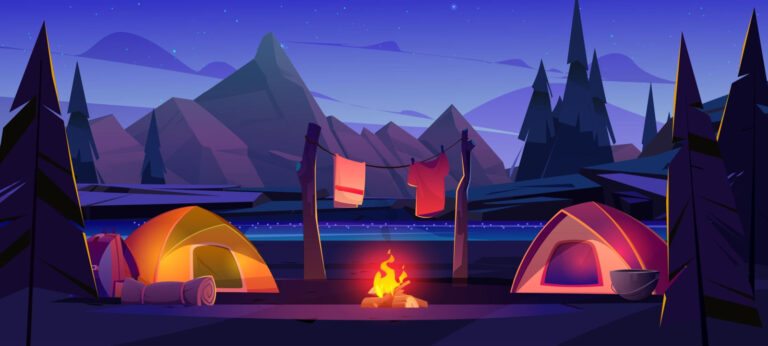
The noise comes again, closer this time, and when you turn, you catch sight of something darting out of the shadows and across the landscape towards you. Something big. Something fast.
Almost instinctively, you race to a massive boulder close by and clamber up on top of it, only just managing to pull your foot safely out of reach before it reaches you. A massive wolf jumps up at the boulder, its jaws snapping wildly, blood on its mind and death on its breath.
This is no ordinary wolf. This is a hamløper, a varulv… a werewolf.
Werewolf 101
If you asked someone to describe a werewolf, they would probably mention at least one of these characteristics:
- Werewolves look like ordinary people most of the time, only to turn into an enormous wolf-like monster during a full moon,
- Werewolves can only be hurt by silver (a silver bullet is often the most practical solution),
- Werewolves can change other people into werewolves by biting them.
While all of these traits come from twentieth century Hollywood (for example, The Wolf Man and An American Werewolf in London), the werewolf itself has been a staple of European folklore since the ancient Greeks, and much like the nature of the beast, werewolf lore varies from country to country.
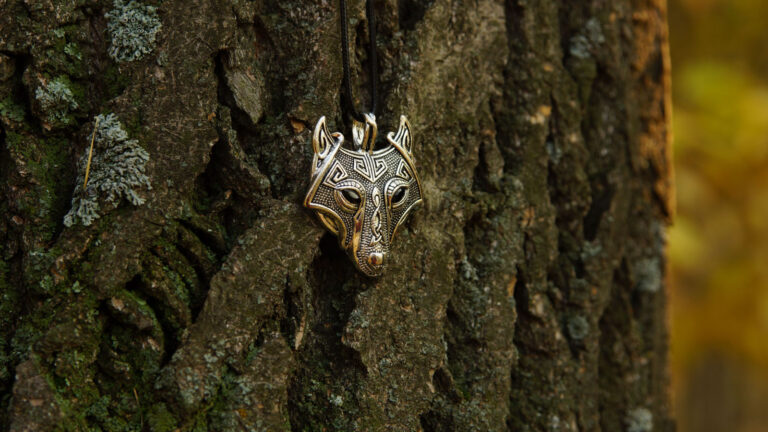
Werewolves aren’t as common in Norwegian folklore as these other creatures, including the troll, the nisse and the hulder. Nor did Norway have any werewolf trials like France or Germany.
However, don’t start thinking that this means there are no werewolves in Norway. They’re just better at hiding.
Lions and tigers and (were)bears, oh my!
In Norwegian folklore, the werewolf or “varulv” is a type of shapeshifter or “hamløper”. Other types of shapeshifter include the “mannbjørn” (lit. man bear) and, in Danish folklore, the “valravn” (raven of the slain).
Werewolf stories make up a handful of tales in the University of Oslo’s Norwegian Folklore Archives. The general story is that a husband and wife are out working in the fields together when the husband (completely randomly and not at all suspiciously) tells the wife what to do if she suddenly encounters a massive wolf or bear, before disappearing.
Shortly after, a massive wolf/bear attacks her, and the wife defends herself, hurting the animal in the process. The husband then reappears, bearing a mark where the wife hurt the animal – confirming that it was him.
Naturally, there are variations to this story. For example, in some cases, the husband gives the wife no warning at all before disappearing and then attacking her – which I, personally, would consider grounds for divorce.
Read more: Creatures in Norse Mythology
A lot of the time, it’s not explained how the husband came to be a werewolf. But according to one story (SIN1168), werewolves are either cursed by someone else or actually a wizard themselves.
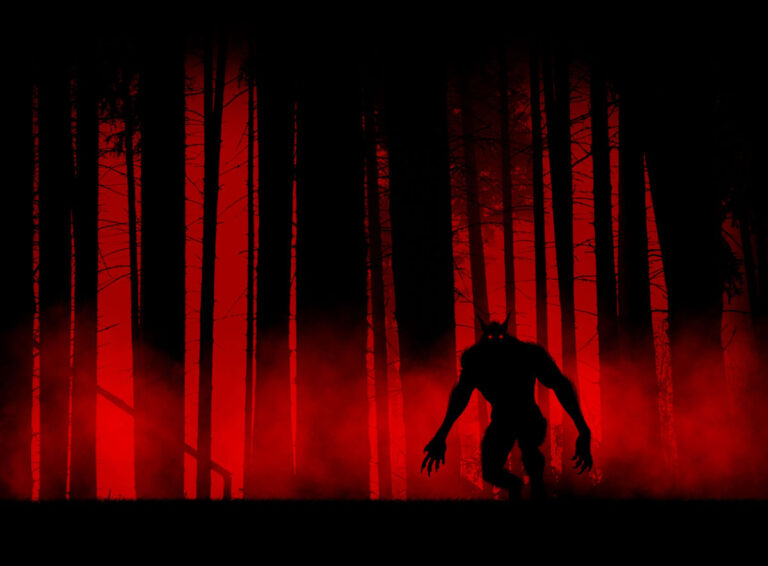
Norwegian werewolves don’t need the moon to change into monsters – but they can start to become more dangerous and “wolflike” in the evening.
While they can’t control their change, they can sometimes sense when it happens (and hopefully let their poor wives know). When they change, they put on an actual animal skin. As such, you can cure a werewolf by finding the skin and burning or stabbing it.
Men are werewolves; women are nightmares
Werewolves in Norwegian folklore are almost always men. Pregnant and “fertile” women seem to be the most at risk from werewolf attacks. However, Norwegian folklore does have a female shapeshifter: the mare.
The mare is a malevolent being whose name comes from the Norwegian word “mareritt” (nightmare). She sits on her victim’s chest while they’re sleeping and tortures them with bad dreams.
Stories about the mare are very similar to stories about the werewolf. The myths are so interconnected that in Danish folklore, it’s said that while a pregnant woman who crawled through a colt’s membrane would have a painless birth, her child would be a mare if it was a girl and a werewolf if it was a boy.
Werewolf mythology
The Norse sagas have been a big influence on werewolf folklore in Norway. There are several instances of people being described as “hamrammar” (lit. shape strong), who can turn into something else.
However, this is more of a magical power than a curse, as a hamrammr can change into an animal at will.
The sagas also talk about the “beserkir” (lit. bear coats – berserkers), who are warriors who become so focused on battle that they basically turn into animals. This is where the expression “to go berserk” (“hamask” in Old Norse) comes from.
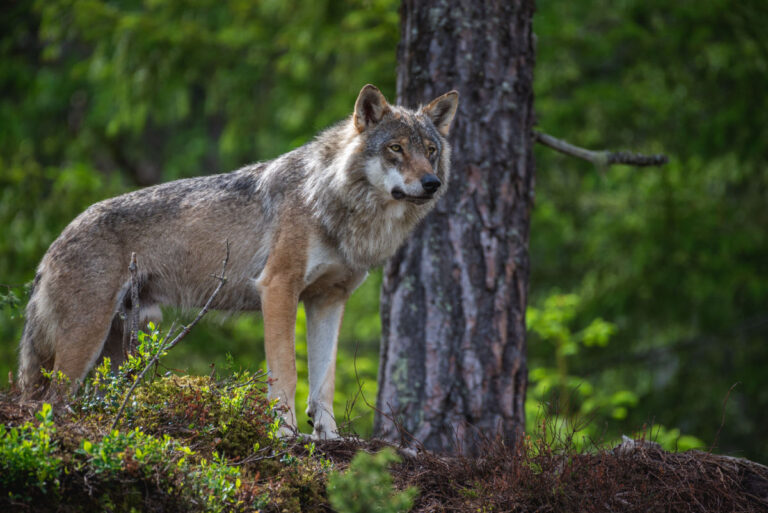
The “ulfhedinn” (lit. wolf cloak) were a type of berserker that took on the aspects of a wolf in battle instead of a bear.
Going beserk was closely related to shapeshifting. However, as Aðalheiður Guðmundsdóttir notes, there is a key difference between them:
“The condition is therefore psychological in the case of the berserk, but physical in the case of werewolves and other shape-shifters.”
That isn’t to say that the lines don’t blur.
Werewolves in the Norse sagas
One of the most famous sagas featuring werewolves is Egils saga.
The saga starts in 9th century Sogn, Norway, with Ulf Bjalfason.
He is described as both a “hamrammar” and an “ulfhednar”, and while he’s often in high spirits in the morning, he gets more and more sullen in the evening, giving him the name “Kveldulf” (lit. “evening wolf”).
Ulf’s son Grimr is of a similar nature. At one point, the household is playing games, and Grimr starts off weak because he’s an elderly man. But as the evening goes on, he gets stronger and wilder, until he almost kills his own son, Egill, in a fit of uncontrollable rage. Egill, for whom the saga is named, also inherits these traits as a berserker.
None of these men are explicitly described as werewolves, and their wolfish traits may be descriptors of their attitudes or behaviours. However, there does seem to be some physical change – at least in terms of their strength.
Werewolves in modern-day Norway
Werewolves don’t have nearly the same cultural influence in Norway as other fairytale creatures – such as trolls. That said, as a few months after the release of Troll, Netflix released another Norwegian fantasy film: Viking Wolf.
The film is set in Telemark, and focuses on a teenage girl named Thale, who starts acting strangely after being bitten by a strange animal, and her police officer mother, who’s investigating some gruesome deaths in their town.
Despite being a Norwegian film, it sticks to a lot of the Hollywood-established tropes about werewolves – from infectious bites to silver bullets. Personally, I’d be much more interested in seeing more stories based on actual werewolf folklore – particularly if it fosters interest in Norway’s own dwindling wolf population, which are now considered to be critically endangered.
A final word about wilderness safety
If you go hiking in the Norwegian wilderness (and I highly recommend you do), it’s unlikely that you’ll encounter an actual wolf, let alone a werewolf.
However, you should still take the proper precautions before setting out. Nature is full of enough dangers without needing fairytale ones.
Were you surprised by any of the werewolf stories? Has your husband ever mysteriously abandoned you in a field moments before you were attacked by a massive wolf? Did you divorce him straight after? Let us know in the comments!


hi in regards to norwegian movies about werewolves I can highly recommend Valleyvof Shadows